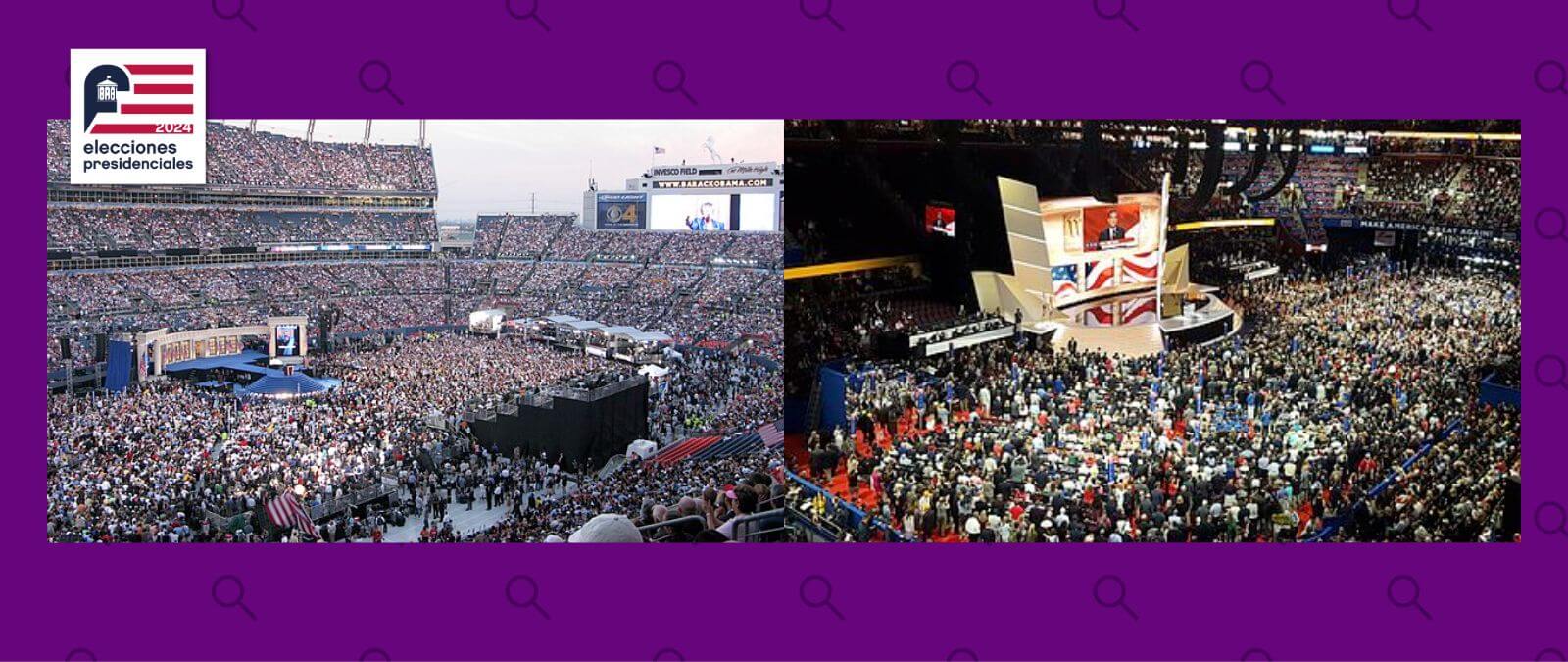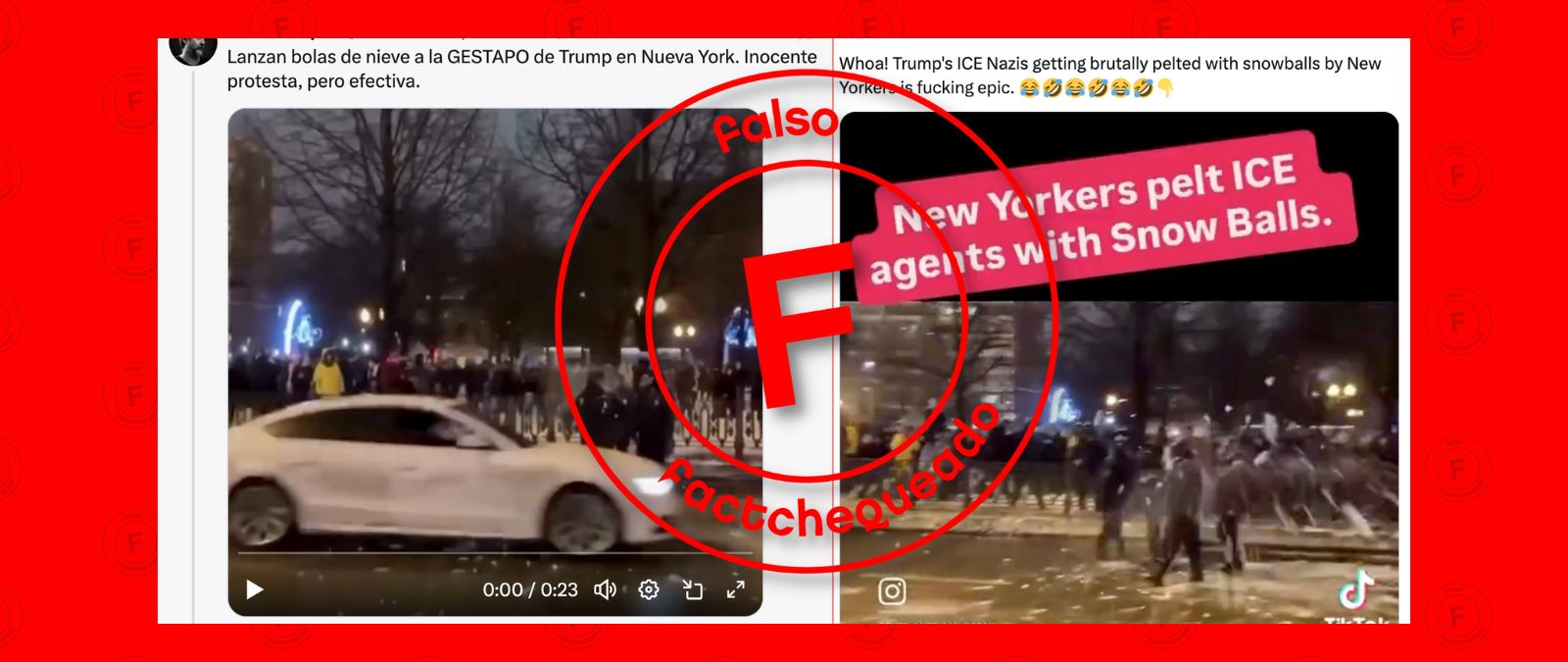Each summer before presidential elections, both parties gather their most influential members in National Conventions, where they officially name their presidential candidate. In 2024, Republicans will meet in Milwaukee, Wisconsin, from June 15th to 18th, while Democrats will meet in Chicago, Illinois, from August 19th to 22nd. But what is the goal of these Conventions?
Si quieres leer esta nota en español haz clic aquí.
Like we’ve already explained in Factchequeado, delegates representing each state and territory in National Conventions for both parties reflect the results of presidential primaries and caucuses: for example, the 22 delegates of New Hampshire were divided between Donald Trump (13) and Nikki Haley (9), in representation of the results of the primary elections in that state.
That’s why the most important role of delegates during conventions (though not the only one) is voting “their” presidential candidate: the rules for both parties state that during the first round of voting, all delegates who were chosen in primaries or caucuses must vote for the candidate they represent. But what happens if there’s more than one round of voting?
In order to be chosen as a candidate, the support from more than half of the delegates in the National Conventions is needed (there are 1215 in the Republican and 1969 in the Democrat). However, if the majority of votes is not obtained during the first round, after the second one, delegates are free to vote for any candidate, no matter the results of primaries or caucuses of their party in their state or territory. This is known as a brokered convention.
The last time a presidential candidate of any party needed more than one round of voting to be chosen was in 1952, when Democrats chose Adlai Stevenson in the third round. However, in the past, brokered conventions were common: in 1880, Republican delegates voted 36 times until future President James A. Garfield was nominated, and in 1924, Democrats needed 16 days and 103 rounds of voting to choose John W. David as a candidate.
In Conventions, vice presidential candidates are also chosen and the party platform is written
For decades now, the person who gets enough delegates in primaries and might become the party candidate normally announces, either during the Convention or a couple of days earlier, who their vice presidential candidate will be. Nevertheless, the majority of delegates at the Convention must approve this decision and formally name that person as the party candidate for Vice President.
However, this wasn't always the case. In 1998, for example, Republican candidate and future President George Bush attended the Republican National Convention without having revealed the name of his vice presidential candidate (the person who was chosen was Dan Quayle). In 1956, the Democrat candidate Adlai Stevenson refused to even propose a person to fill the role and left the decision in the hands of the delegates at the Convention, who, after three rounds of voting, ended up choosing senator Estes Kevaufer.
Besides choosing the presidential and vice presidential candidates, delegates write the party platform during Conventions. In 2020, for example, Democrats approved a document 109 pages long (here it is in Spanish) containing the main political proposals of the party in terms of economy, health, immigration and ten other central topics. Even though the parties normally approve a new platform before presidential elections, in 2020 Republicans decided not to do this and kept the platform from 2016.
Factchequeado is a verification media outlet built by a Spanish-speaking community to tackle disinformation in the United States. Do you want to be part of it? Join us and verify the content you receive by sending it to our WhatsApp +16468736087 or to factchequeado.com/whatsapp.








